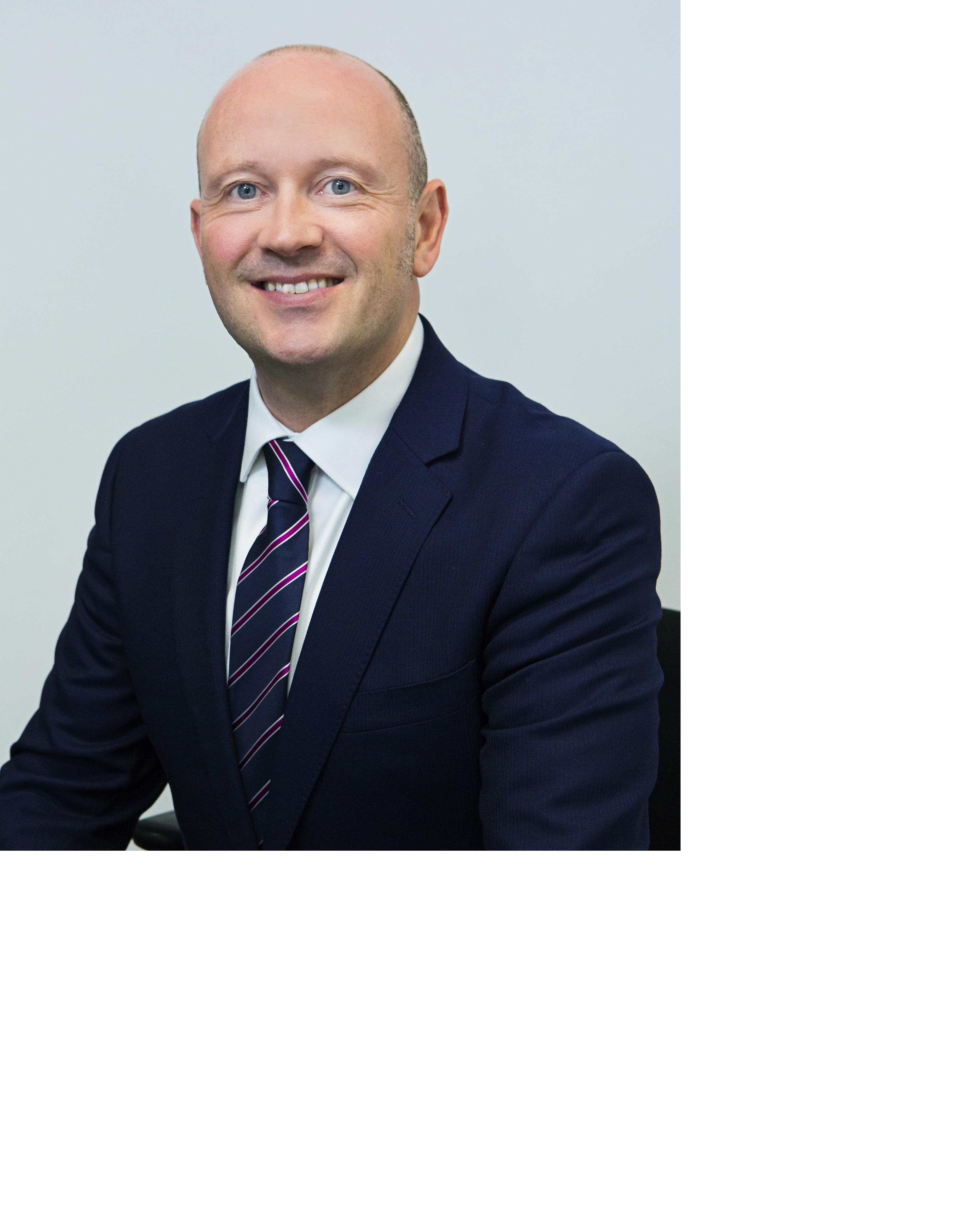Posted on: 25/09/2020
After the second webinar of our Energy Entrepreneurs Virtual Event Series, where we were joined by energy experts from Foresight Group, Thrive Renewables and the British Hydro Association, Head of Renewable Origination, Rob Luke, summarises the key insights shared by our panelists in the discussion around how to finance renewables and reach net-zero.
Having begun our virtual event series with a look at the future energy mix and a discussion around what needs to be done to get there, we took a slightly different approach for the second event as we considered the fundamentals behind project finances. This brought together speakers from across the renewable spectrum, including Peter Bolton (Foresight Group); Matthew Clayton (Thrive Renewables); and Simon Hamlyn (British Hydropower Association), who’s thoughts on the subject are outlined below.
“Even where the economics stack up, investors require a certain level of fixed price certainty. As a result, PPAs are seen as a viable alternative to the revenues previously obtained via subsidy.”
Peter Bolton, Investment Director, Foresight Group
Power Purchase Agreements (PPAs) have been around for a long time now, but that’s not to say they haven’t evolved. Alongside the typical fixed price offerings, flexible PPAs now allow for project owners to make hedging decisions based on pre-defined triggers and really maximise the achievable value in the wholesale market.
Even more evolved than that, Corporate PPAs now offer the opportunity for new projects to be funded based on an agreement from an end consumer that they will pay an agreed price for the power generated from that project. If COVID-19 has shown us anything in the renewables sector, it’s that the appetite for funding and realising decarbonisation targets has increased. As sustainability and showing additionality become ever more important to corporates, deals like these are becoming more common.
“The fundamental reality is, over the next two decades we need to build 10’s of Gigawatts of renewable electricity capacity to be able to reach net-zero… therefore we need that solid route-to-market, be it the CfD or a wholesale market which reflects the marginal cost of capacity, not generation.”
Matthew Clayton, Managing Director, Thrive Renewables
Whilst Contracts for Difference offer a useful route-to-market for renewables, this will not be enough to account for the amount of capacity required in order to reach net-zero by 2050. There is also the fact that larger projects, able to capitalise on economies of scale, are more likely to be successful in a competitive bidding process. As a result, smaller projects need to make sure they are making the most of the opportunities available to them via multiple markets such as the Balancing Mechanism (BM) or through Optional Downward Flexibility Management (ODFM) whilst the wholesale market continues to offer the price signals it currently does.
“Our members have been looking at various ways to make the returns on their projects more attractive… basic O&M, screen cleaning, pigging and digital optimisation. One of our members is even using blockchain technology to double what they would have received on the Feed-in-Tariff over a 12-month period.”
Simon Hamlyn, Chief Executive Officer, British Hydropower Association
Embracing technology will, of course, be another key facet of enabling the continued deployment of renewables. In the case of hydropower, where projects will need new methods of revenue generation to continue operating when their subsidy support comes to an end, this is perhaps magnified as projects seek to ensure maximum efficiency to clear the hurdles posed by issues such as punitive business rates. Across all types of renewables, continued innovation of technical components and build processes will also help to bring down costs over time, making projects more viable for developers, and cheaper for end consumers.
If you enjoyed this snapshot of our Financing Renewables webinar, you can click here to watch the full recording on-demand via our Events page.
You can also follow this link to sign up for the final session in our virtual events series: “Leveraging technology to maximise market opportunities”. Our Chief Technology Officer, Rob Pringle will be joined by a panel of technical experts across the industry for an in-depth look at how technology advancement is enabling energy entrepreneurs to manage their real-time power positions; react quickly to market opportunities; and access some of the most profitable flexibility markets.
About the author
Robert joined SmartestEnergy in 2017 and is responsible for the development and delivery of bespoke Power Purchase Agreements (PPA).
With almost two decades of experience in the energy sector, he has significant expertise in originating and closing long term, bank financed agreements. Robert was previously with Total Gas & Power where he spearheaded the building of its UK-based renewable energy portfolio, and also held a number of senior positions in both I&C retail and procurement. He holds a BA (Hons) in Economics and Public Policy from Leeds Metropolitan University.

 United States
United States Australia
Australia







